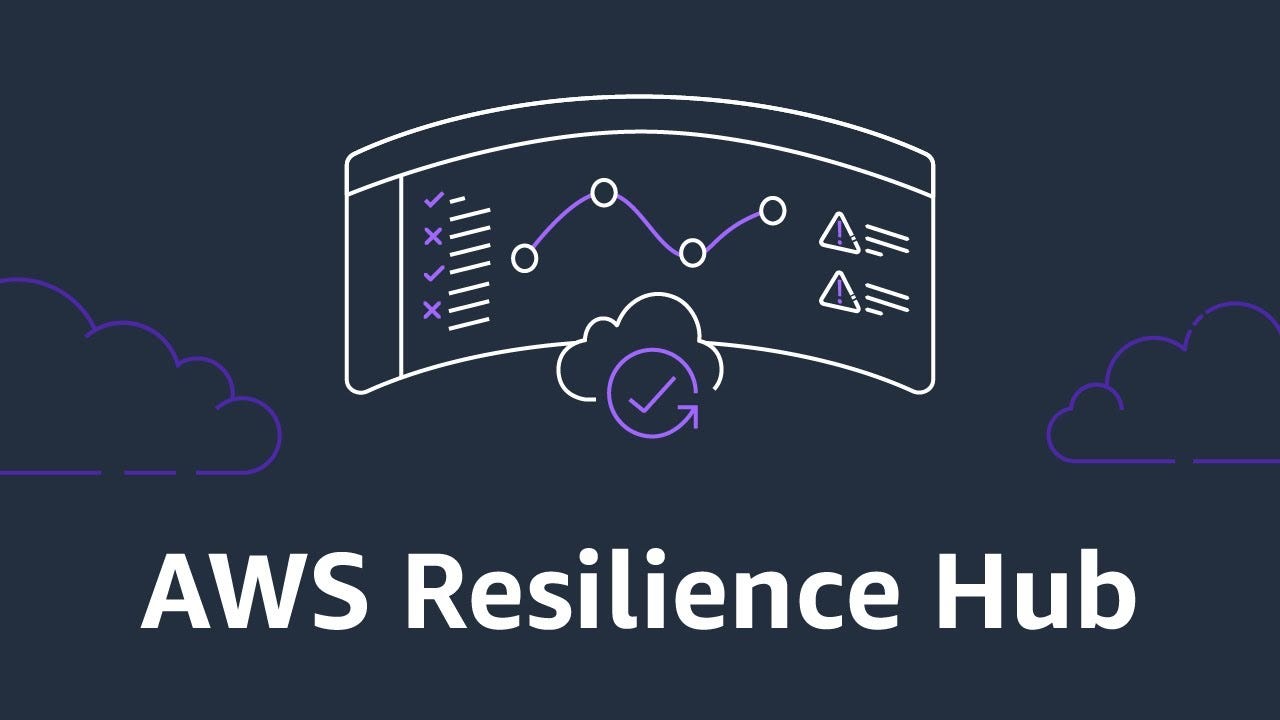Building Resilience: Implementing Amazon Resilience Hub on AWS Made Easy
 Sumit Mondal
Sumit Mondal
In today’s digital landscape, ensuring the resilience of your systems is paramount. With the ever-increasing frequency of disruptions, having a robust infrastructure that can withstand failures and maintain operations is crucial for businesses of all sizes. Amazon Web Services (AWS) offers a comprehensive solution to enhance resilience through its Amazon Resilience Hub. In this blog post, we'll guide you through implementing the Amazon Resilience Hub on AWS in a simple and easy-to-understand manner, complete with examples to illustrate its effectiveness.
Understanding Amazon Resilience Hub
Amazon Resilience Hub is a service provided by AWS that enables you to monitor the operational health of your applications across multiple AWS Regions. It allows you to set up automated responses to events that may impact the availability of your applications, thereby minimizing downtime and ensuring continuity of operations.
Step-by-Step Implementation Guide
1. Setting Up Amazon Resilience Hub
Start by logging in to your AWS Management Console and navigating to the Amazon Resilience Hub service. Follow the prompts to create a new hub. You'll be asked to specify the regions where your applications are deployed and define the organizational units responsible for managing them.
2. Adding Member Accounts
Once the hub is created, you can add member accounts that represent different AWS accounts within your organization. These member accounts will be associated with the hub and will contribute to the overall resilience monitoring.
3. Configuring Event Sources
Next, configure event sources to monitor for resilience-related events. This can include AWS Health events, CloudWatch alarms, and custom events generated by your applications. By defining these event sources, you can stay informed about potential issues that may impact your applications' availability.
4. Creating Automated Responses
After configuring event sources, set up automated responses to handle detected events. For example, you can configure AWS Lambda functions to automatically scale resources, failover to backup systems, or send notifications to your team members when certain conditions are met.
5. Testing and Optimization
Once everything is set up, it's essential to test your resilience strategies regularly to ensure they function as expected. Conduct simulations of various failure scenarios and refine your automated responses accordingly. Continuous optimization is key to maintaining a high level of resilience.
Real-World Example: E-Commerce Website
Let's consider an example of implementing Amazon Resilience Hub for an e-commerce website deployed across multiple AWS Regions. Suppose the website experiences a sudden surge in traffic, leading to increased load on the servers in one region. Using Amazon Resilience Hub, you can:
Monitor CloudWatch metrics for CPU utilization and network traffic.
Set up CloudWatch alarms to trigger when predefined thresholds are exceeded.
Configure AWS Lambda functions to automatically provision additional server instances in other regions to handle the increased load.
Notify your operations team via Amazon SNS (Simple Notification Service) to keep them informed about the situation.
By implementing these automated responses through Amazon Resilience Hub, you can ensure uninterrupted service for your customers even during periods of high demand.
Conclusion
Implementing Amazon Resilience Hub on AWS doesn't have to be complicated. By following the step-by-step guide outlined above and leveraging real-world examples, you can enhance the resilience of your applications and minimize the impact of disruptions. Remember to regularly test and optimize your resilience strategies to stay prepared for any challenges that may arise. With Amazon Resilience Hub, you can build a more resilient infrastructure and ensure business continuity in today's dynamic environment.
Subscribe to my newsletter
Read articles from Sumit Mondal directly inside your inbox. Subscribe to the newsletter, and don't miss out.
Written by

Sumit Mondal
Sumit Mondal
Hello Hashnode Community! I'm Sumit Mondal, your friendly neighborhood DevOps Engineer on a mission to elevate the world of software development and operations! Join me on Hashnode, and let's code, deploy, and innovate our way to success! Together, we'll shape the future of DevOps one commit at a time. #DevOps #Automation #ContinuousDelivery #HashnodeHero